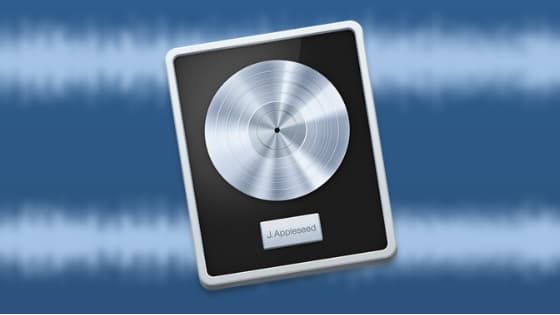
Mixing in Logic Pro X : The Basics
This article is designed to give you a simple workflow for mixing tracks in Logic Pro X.
I have broken down the process into a handful of simple steps that you can apply to any genre of music.
Table of Contents
Gain Staging
If you know me, you know I am hot (pun excused) on the issue of gain staging.
Overly literal audio engineers will tell you how it isn’t needed in digital, which is true until you use a compressor or any analogue-modelling plugin!
But the benefits go beyond those of a technical nature, it’s also a matter of workflow.
Understanding how signals flow in the DAW can drastically affect the behaviour of your plugins and how you use them.
Here is an article I wrote before about Gain Staging in Logic Pro X (FREE PDF Inside!)
Balancing
This is the key to mixing.
The very quality of the mix is predicated on how well balanced the elements are in the sound stage. One of my favourite pieces of advice is to watch the stage!
The sound stage is a 3-dimensional space.
Your goal is to make sure you position the elements in the stage for the benefit of the mix as a whole. NOT for the benefit of the individual track.
Once you’ve got your gain staging down, simply listen to what’s there, work the faders, and focus solely on the act of balance.
Resist the urge to dive straight into plugins. Use them only to resolve issues that arise in the balancing process.
Mixing IS balancing.
Panning
This is the natural next step after fader work. Panning is one of your most important tools in the mixing process.
Again, think carefully about your sound stage and pan your tracks in a way that best compliments the mix as a whole.
It really helps to understand the psychoacoustic nature of stereophonic sound.
Here is an article I wrote to help you understand stereo and how our brain decodes that information.
Bussing
I like to make life as simple as possible.
Simplicity is something I feel is highly undervalued in audio today. Bussing can help us here.
Try bussing all instrument groups early on in the process to simplify your thinking and enable you to work holistically when mixing instead of diving into too much detail out the gate.
The easiest way to do this in Logic Pro X is to use Summing Track Stacks.
Problem-solving
This is where common processes such as compression and EQ come in.
These processes should be seen as problem solvers.
For example, if there is a resonant frequency in the vocals, deploy an EQ.
If the vocals pop in and out of the mix, use a compressor to tame the variations in volume.
But don’t use them for the sake of it. Keep your use of these effects intentional.
Committing
This is the big one.
That moment when you start doing things for the sake of it, adding candy here and there without any real purpose, is the same moment you need to stop.
At this point just commit and bounce.
Come back to the printed mix the next day and listen with a fresh perspective.
No distracting project lanes and plugins, just listen.
Take notes and execute them.
This article was brought to you by Songcards
© 2025 Unlock Your Sound Ltd | Privacy Policy